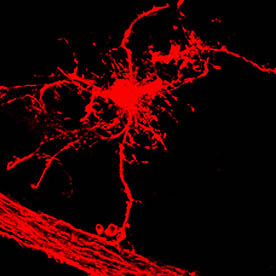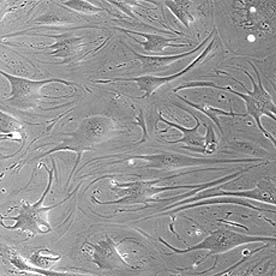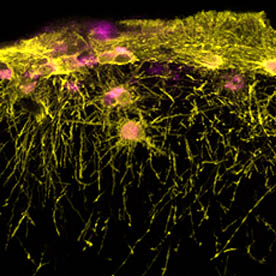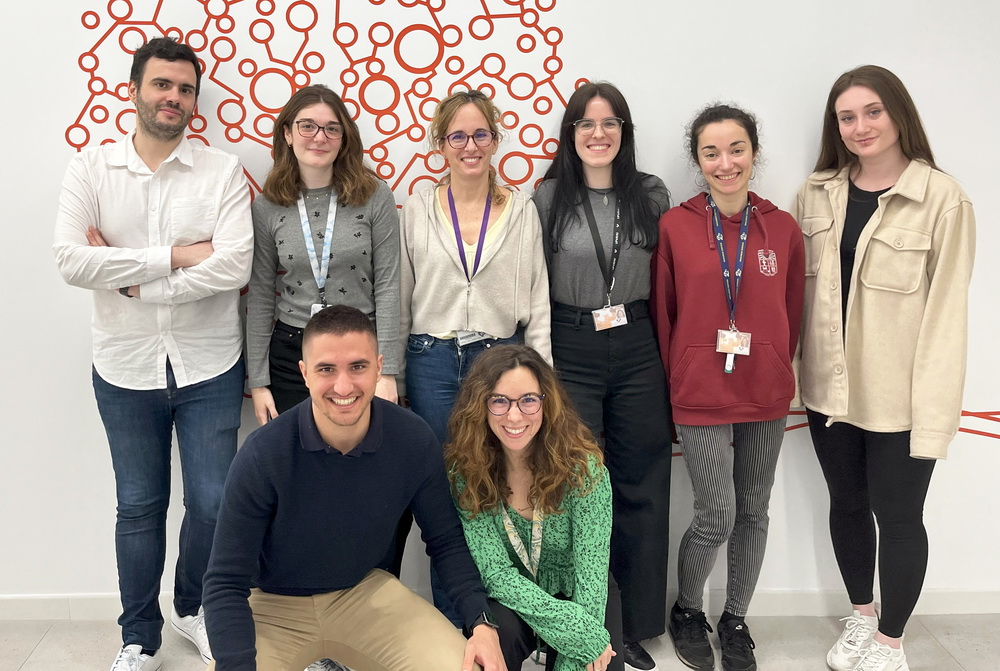-
Centenarian hippocampus displays high levels of astrocytic metallothioneins

Saenz-Antoñanzas, Ander; Muñoz-Culla, Maider; Rigo, Piero; Ruiz-Barreiro, Leire; (...), ; Arranz Mendiguren, Amaia; Otaegui, David; Guillemot, François; Matheu, Ander
Aging Cell
(May, 2024)
DOI: 10.1111/acel.14201
-
A neuron-specific interaction between Alzheimer’s disease risk factors SORL1, APOE, and CLU

Preman, Pranav; Arranz, Amaia M.
Cell Reports
(Sep, 2023)
DOI: 10.1016/j.celrep.2023.113129
-
MEG3 activates necroptosis in human neuron xenografts modeling Alzheimer’s disease
Balusu, Sriram; Horré, Katrien; Thrupp, Nicola; Craessaerts, Katleen; Snellinx, An; Serneels, Lutgarde; T’Syen, Dries; Chrysidou, Iordana; Arranz Mendiguren, Amaia; (...), ; Fiers, Mark; De Strooper, Bart
Science
(Sep, 2023)
DOI: 10.1126/science.abp9556
-
hiPSC-based models to decipher the contribution of human astrocytes to Alzheimer’s disease and potential therapeutics

TCW, Julia; Arranz, Amaia M.
Molecular Neurodegeneration
(Mar, 2023)
DOI: 10.1186/s13024-023-00612-9
-
Evolution of neuroglia
Verkhratsky, Alexei; Arranz, Amaia M.; Ciuba, Katarzyna; Pękowska, Aleksandra
Annals of the New York Academy of Sciences
(Dec, 2022)
DOI: 10.1111/nyas.14917
-
Human iPSC-derived astrocytes transplanted into the mouse brain undergo morphological changes in response to amyloid-β plaques

Preman, Pranav; TCW, Julia; Calafate, Sara; Snellinx, An; Alfonso-Triguero, Maria; Corthout, Nikky; Munck, Sebastian; Thal, Dietmar Rudolf; Goate, Alison M.; De Strooper, Bart; Arranz, Amaia M.
Molecular Neurodegeneration
(Sep, 2021)
DOI: 10.1186/s13024-021-00487-8
-
Astrocytes in Alzheimer’s Disease: Pathological Significance and Molecular Pathways

Preman, Pranav; Alfonso-Triguero, Maria; Alberdi, Elena; Verkhratsky, Alexei; Arranz, Amaia M.
Cells
(Mar, 2021)
DOI: 10.3390/cells10030540




